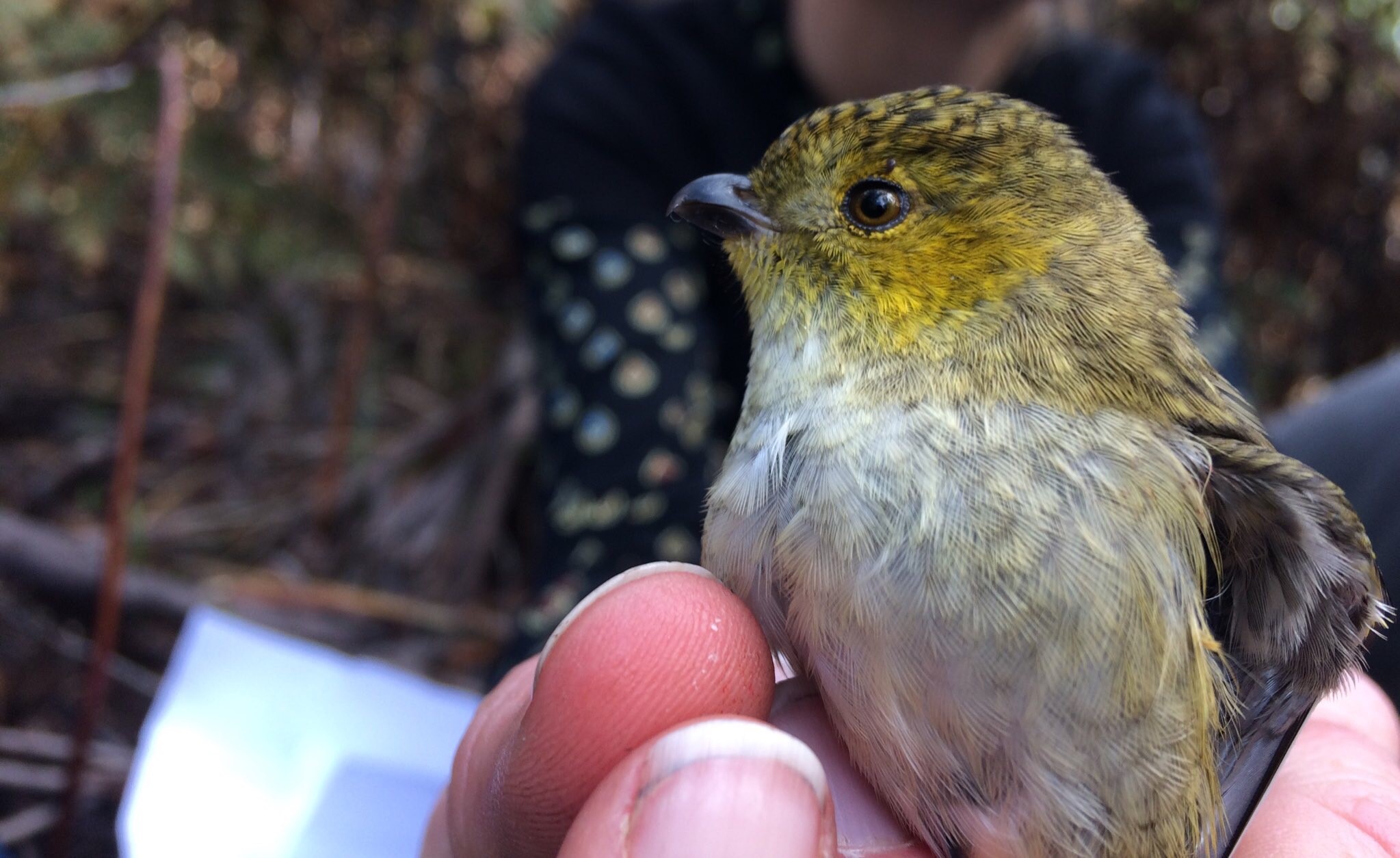Genetic secrets could help endangered songbird sing another day
Genetic data could be the key to helping the endangered forty-spotted pardalote on the road to recovery, according to a new study from The Australian National University (ANU).
Lead author Dr Fernanda Alves said a genetic assessment revealed “hidden secrets” that show how we can best protect the tiny bird – now found in just a few small pockets in the southeast corner of Tasmania.
“We found genetic diversity is fairly distributed across the remaining population, which is a good sign,” Dr Alves said.
“So rather than rushing to move birds around to try and reintroduce them in certain areas without first looking at why they disappeared in the first place, we should be focusing on habitat restoration and management of known threats for now.”

The team collected blood samples from both adult birds in the wild and nestlings, and sent them to the lab for sequencing.
The results also offer clues about the number of forty-spotted pardalotes contributing to the breeding population, as well as their migration habits.
“We found a small number of birds, 24 per cent, had migrated from Bruny Island to Tinderbox on the Tasmanian mainland,” Dr Alves said
There was evidence of migration from Bruny Island in one other mainland location as well, meaning the Bruny Island pardalotes could be crucial to boosting numbers on the mainland in the future.
“But first we need to understand the threats the forty-spotted pardalotes are facing on the mainland,” Dr Alves said.
“Maria Island is the most isolated population and had the lowest genetic diversity, so it is another priority area.
“We need to be careful from here – it’s about assessing what we have left and seeing what can be done.”
The study was conducted with support from NRM South through funding from the Australian Government’s National Landcare Program.
The results have been published in Heredity.



